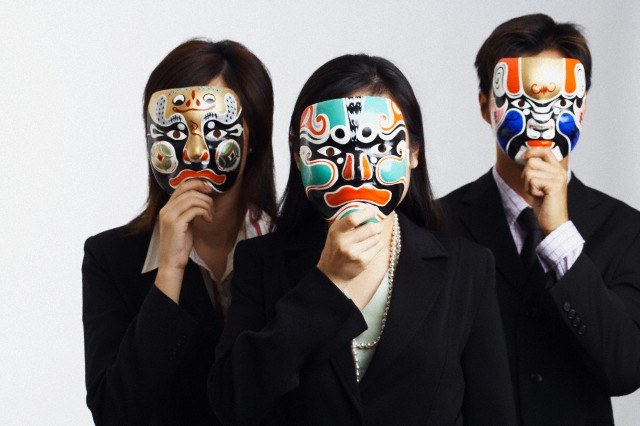The concept of face is a vital cultural component to the Chinese culture. There’s been a lot written on this topic, and still it is hard to define exactly. Though Chinese society has become more internationally oriented over the past few decades and subsequently more aligned with cultural behaviors and norms associated with Westernized culture, face remains a significant aspect of social interaction. That being said, it perhaps is not as rigid or uniformly applied as one may think.
The Chinese characters for face are 面子.
These 2 characters are written as mian zi in pinyin, the written system of romanization used in China. Learn more about pinyin from Pinyin.info.
If you need to look up words using pinyin, visit the Pinyin Dictionary.
Listen to the pronunciation of 面子 / mian zo on Google Translate.
Here’s what “China Mike” has to say about this topic.
There’s an informative article on ThoughtCo about Face Culture in China. Here are some key excerpts:
* Chinese society is quite conscious of hierarchy and reputation among social groups
* Criticism … is generally passed along in private so that the criticized party’s reputation will not be hurt. It is also common to express criticism indirectly by simply avoiding or redirecting discussion of something rather than acknowledging or agreeing with it.
* A consciousness of reputation is quite common in the West as well, especially among particular social groups. The difference in China may be that it’s frequently and openly discussed and that there is no real “brown-noser” stigma associated with actively pursuing improving one’s own standing and reputation the way there sometimes is in the West.
